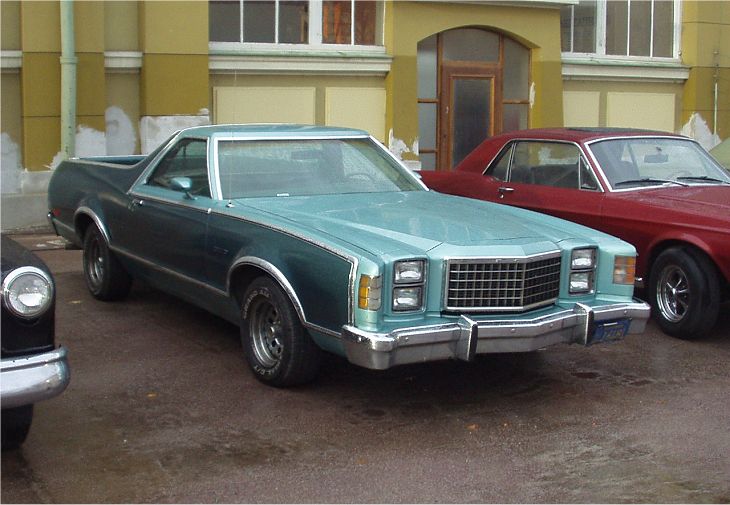Description
The Ford Ranchero was one of the most distinctive vehicles in American automotive history, blending the comfort and style of a passenger car with the utility of a light-duty pickup. Introduced in 1957, it predated Chevrolet’s similar El Camino by two years and carved out its own niche as a vehicle that could serve as both a practical workhorse and a stylish personal car. Unlike traditional trucks, the Ranchero was based on Ford’s car platforms throughout its production, which gave it better ride comfort and handling, along with a design that closely mirrored Ford’s sedans and coupes of each era.
The first-generation Ranchero, built on the full-size Ford platform, immediately stood out for its innovative concept. With a car-like front end and integrated pickup bed, it was marketed as “more than a car, more than a truck,” appealing to farmers, tradesmen, and suburban buyers who needed versatility. By 1960, Ford shifted the Ranchero onto the compact Falcon platform, making it lighter, more economical, and affordable, which expanded its audience even further.
In 1966, the Ranchero moved to the Fairlane mid-size platform, and later to the Torino and LTD II platforms, becoming larger, more powerful, and increasingly stylish. During this period, Ford offered a wide range of trims, from basic utility models to upscale versions like the Ranchero 500 and sporty GT models. These higher trims often carried sporty stripes, vinyl roofs, bucket seats, and powerful V8 engines, including options such as the 351, 390, 429, and even the massive 460 cubic inch big-block. This gave the Ranchero real muscle car credentials, especially in GT form, while still retaining the utility of a pickup bed.
Inside, the Ranchero reflected the car platforms it was based on. Basic models featured simple vinyl bench seats and durable trim, but higher versions offered comfort and convenience on par with Ford’s mid-size sedans. Depending on the year and trim, Rancheros could be optioned with bucket seats, consoles, air conditioning, wood-grain dashboards, and premium radios, making them far more refined than traditional pickups.
On the road, the Ranchero benefitted from its car-based suspension and chassis, which provided a smoother, more composed ride than truck-based competitors. With a six-cylinder, it was practical and economical, but with a V8—particularly the larger engines—it could deliver strong performance and towing ability, blurring the line between muscle car and utility vehicle.
The Ranchero remained in production until 1979, spanning seven generations. While its sales never matched traditional pickups, it maintained a loyal following thanks to its unique blend of style and utility. By the late 1970s, changing tastes, the rising popularity of compact trucks, and the growing demand for traditional pickups led Ford to discontinue the Ranchero without a direct replacement.
Today, the Ford Ranchero is celebrated as an icon of American automotive design. Collectors value it both for its practicality and its style, with early Falcon-based models appreciated for their simplicity, and the Torino- and LTD II-based big-block GTs admired for their muscle car performance. Its combination of car-like comfort and pickup versatility ensures its place as one of the most innovative and memorable vehicles Ford ever produced.
